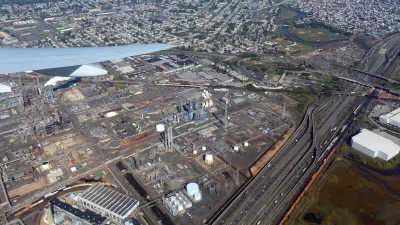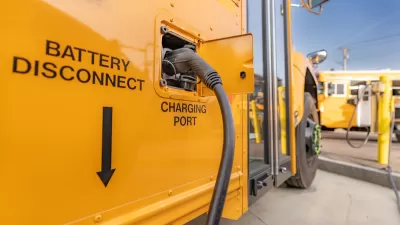Researchers are exploring ocean iron fertilization as a potential method for removing atmospheric carbon dioxide, emphasizing the need for controlled trials to determine its effectiveness and ecological impact in combating climate change.

With the need to urgently reduce atmospheric carbon dioxide (CO2), ocean iron fertilization (OIF) is being revisited as a possible method for marine carbon dioxide removal (mCDR). In a study published in Frontiers in Climate, researchers, including oceanographers from the University of Hawai‘i, examined OIF as a scalable, low-cost solution. OIF involves adding iron to the ocean’s surface to promote the growth of phytoplankton, which can absorb CO2. However, scientists caution that more research is needed to determine the technique’s effectiveness and potential ecological impacts.
Previous experiments with OIF showed that while it promotes plankton growth, it may not reduce atmospheric CO2 on the scale required to make a significant difference. Despite this uncertainty, the researchers stress that inaction is not an option, given the urgent need to address climate change. Controlled ocean trials are necessary to understand how long iron remains in the water, how much carbon can be stored, and what ecological changes may occur. As Professor Angelicque White from UH Mānoa highlights, responsible and transparent research is essential to determining whether OIF can buy time while efforts to reduce emissions continue.
The study outlines five key research activities, including field studies in the Pacific Ocean, modeling of OIF impacts, testing different iron delivery methods, and developing monitoring systems for carbon storage and ecological changes. The scientific community has also called for expanded research, with over 400 scientists supporting efforts to better understand mCDR techniques like OIF. The researchers emphasize that any deployment of OIF must be coupled with responsible governance and social science to ensure ethical and effective implementation.
FULL STORY: Could adding iron to the ocean solve some climate change problems?

Study: Maui’s Plan to Convert Vacation Rentals to Long-Term Housing Could Cause Nearly $1 Billion Economic Loss
The plan would reduce visitor accommodation by 25,% resulting in 1,900 jobs lost.

North Texas Transit Leaders Tout Benefits of TOD for Growing Region
At a summit focused on transit-oriented development, policymakers discussed how North Texas’ expanded light rail system can serve as a tool for economic growth.

Using Old Oil and Gas Wells for Green Energy Storage
Penn State researchers have found that repurposing abandoned oil and gas wells for geothermal-assisted compressed-air energy storage can boost efficiency, reduce environmental risks, and support clean energy and job transitions.

Santa Barbara Could Build Housing on County Land
County supervisors moved forward a proposal to build workforce housing on two county-owned parcels.

San Mateo Formally Opposes Freeway Project
The city council will send a letter to Caltrans urging the agency to reconsider a plan to expand the 101 through the city of San Mateo.

A Bronx Community Fights to Have its Voice Heard
After organizing and giving input for decades, the community around the Kingsbridge Armory might actually see it redeveloped — and they want to continue to have a say in how it goes.
Urban Design for Planners 1: Software Tools
This six-course series explores essential urban design concepts using open source software and equips planners with the tools they need to participate fully in the urban design process.
Planning for Universal Design
Learn the tools for implementing Universal Design in planning regulations.
Ascent Environmental
Borough of Carlisle
Caltrans
Institute for Housing and Urban Development Studies (IHS)
City of Grandview
Harvard GSD Executive Education
Toledo-Lucas County Plan Commissions
Salt Lake City
NYU Wagner Graduate School of Public Service




























